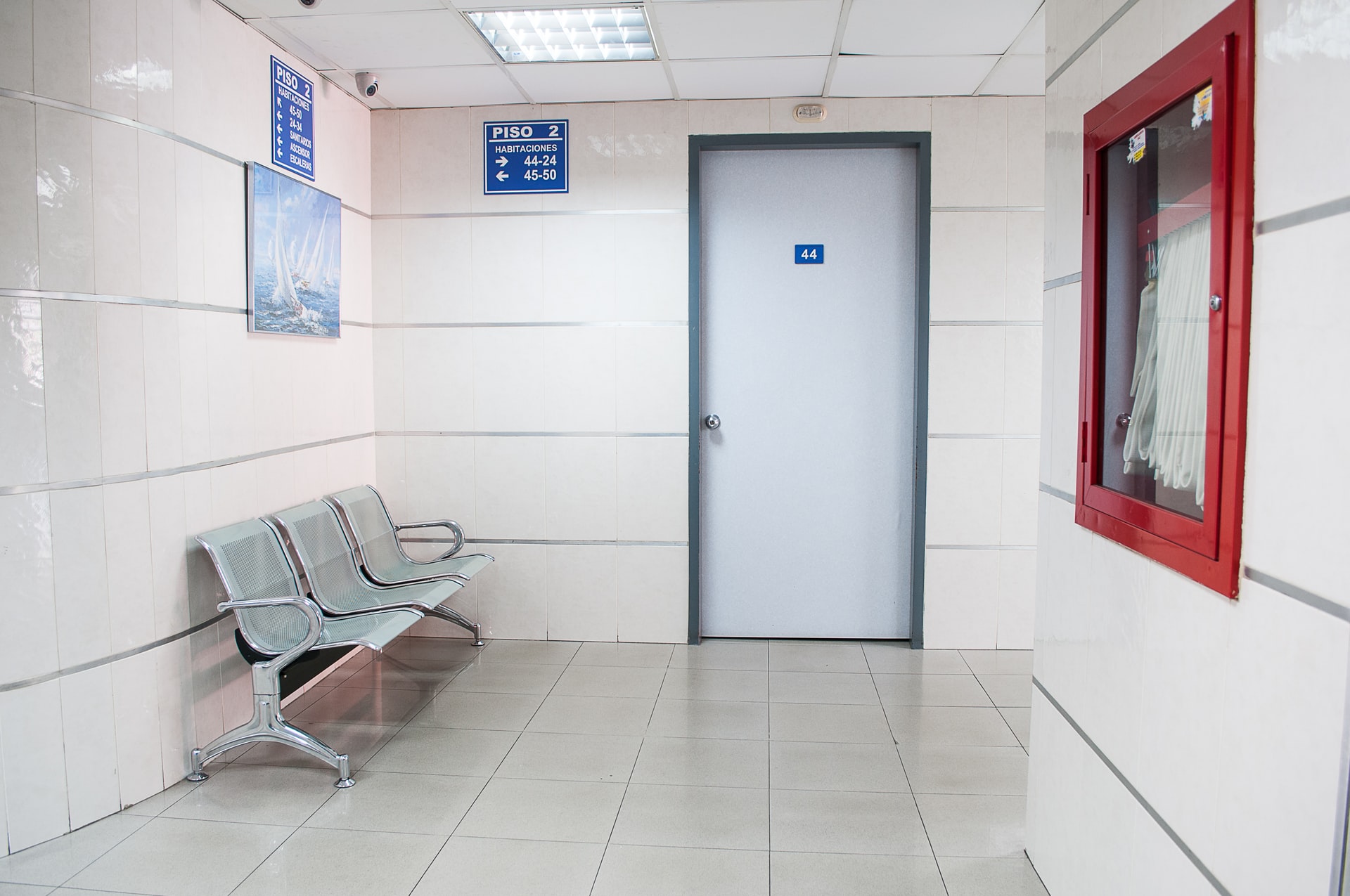Administrative records show that 1,220 persons were involved in a non-fatal accident at work in the last six months of 2020, the National Statistics Office said on Tuesday.
The majority of these non-fatal accidents occurred in the construction sector, at 18.1 per cent.
Another 220 or 18 per cent of the accidents occurred in the manufacturing sector, followed by the transportation and storage sector (132 or 10.8 per cent).
The largest share of accidents at work during the second half of 2020 involved persons working in elementary occupations followed by craft and related trades workers.
Almost half (45.1 per cent) of the injuries at work affected the upper extremities of the body, such as the fingers and hands.
Wounds and superficial injuries, and dislocations, sprains and strains were the most common types of injuries, amounting to 720 and 264 cases respectively.
In the second half of 2020, 28.3 per cent of the accidents at work took place in enterprises with 50- 249 employees.
In 2020, 889 non-fatal accidents per 100,000 employed persons were reported. The highest standardised incidence rate of non-fatal accidents at work was recorded in construction followed by manufacturing and transportation and storage.
Fatal accidents
Between July and December 2020, the Occupational Health and Safety Authority (OHSA) reported four fatal accidents at work. There were no fatal accidents at work in the corresponding period of 2019.
Catering leaders warn labour shortages could deepen
While reforms have curbed abuse and improved standards, long processing delays and slow renewals continue to threaten staff retention
TECHXPO 2025: Connecting Malta’s innovators to global business opportunities
Malta's largest showcase for technological capability represents an undeniable mandate for future growth and competitive viability
Malta’s first unconference for arts and culture begins today
The three-day event will happen in 10 different locations around Malta






